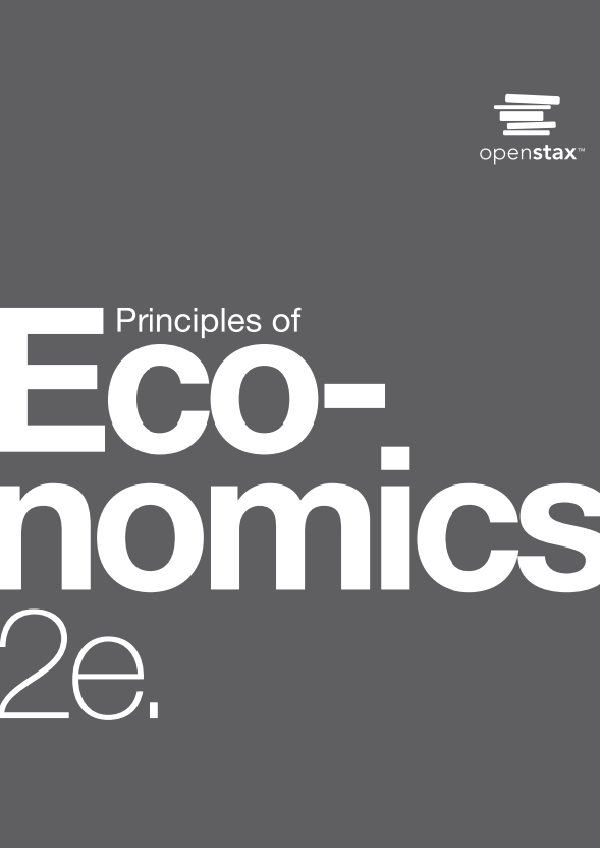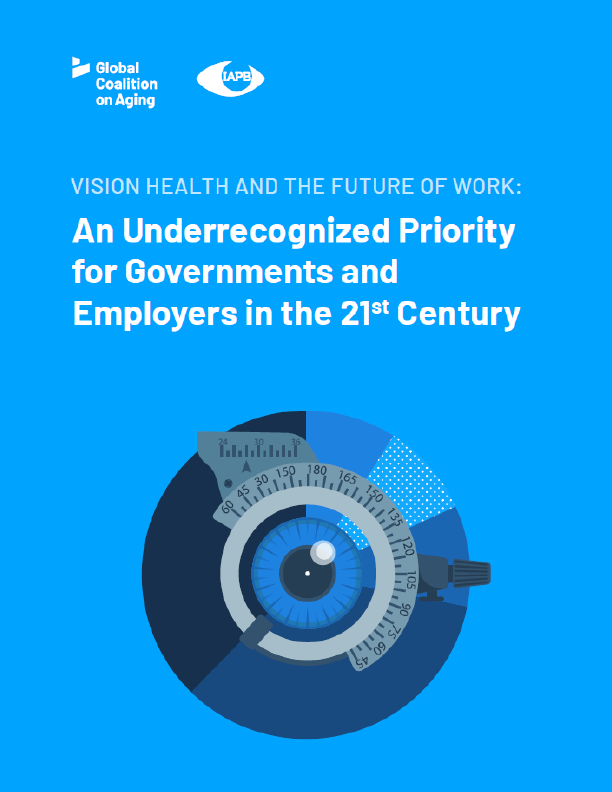Introduction
In this chapter, you will learn about:
• What Is Economics, and Why Is It Important?
• Microeconomics and Macroeconomics
• How Economists Use Theories and Models to Understand Economic Issues
• How Economies Can Be Organized: An Overview of Economic Systems
What is economics and why should you spend your time learning it? After all, there are other disciplines you could be studying, and other ways you could be spending your time. As the Bring it Home feature just mentioned, making choices is at the heart of what economists study, and your decision to take this course is as much as economic decision as anything else.
Economics is probably not what you think. It is not primarily about money or finance. It is not primarily about business. It is not mathematics. What is it then? It is both a subject area and a way of viewing the world
What Is Economics, and Why Is It Important?
By the end of this section, you will be able to:
• Discuss the importance of studying economics
• Explain the relationship between production and division of labor
• Evaluate the significance of scarcity
Economics is the social science that studies the production, distribution, and consumption of goods and services.
Economics is the study of how humans make decisions in the face of scarcity. These can be individual decisions, family decisions, business decisions or societal decisions. If you look around carefully, you will see that scarcity is a fact of life. Scarcity means that human wants for goods, services and resources exceed what is available. Resources, such as labor, tools, land, and raw materials are necessary to produce the goods and services we want but they exist in limited supply. Of course, the ultimate scarce resource is time- everyone, rich or poor, has just 24 expendable hours in the day to earn income to acquire goods and services, for leisure time, or for sleep. At any point in time, there is only a finite amount of resources available.
Think about it this way: In 2015 the labor force in the United States contained over 158 million workers, according to the U.S. Bureau of Labor Statistics. The total land area was 3,794,101 square miles. While these are certainly large numbers, they are not infinite. Because these resources are limited, so are the numbers of goods and services we produce with them. Combine this with the fact that human wants seem to be virtually infinite, and you can see why scarcity is a problem.
Introduction to FRED
Data is very important in economics because it describes and measures the issues and problems that economics seek to understand. A variety of government agencies publish economic and social data. For this course, we will generally use data from the St. Louis Federal Reserve Bank’s FRED database. FRED is very user friendly. It allows you to display data in tables or charges, and you can easily download it into spreadsheet form if you want to use the data for other purposes. The FRED website (https://openstax.org/l/FRED/) includes data on nearly 400,000 domestic and international variables over time, in the following broad categories:
Money, Banking & Finance
• Population, Employment, & Labor Markets (including Income Distribution)
• National Accounts (Gross Domestic Product & its components), Flow of Funds, and International Accounts
• Production & Business Activity (including Business Cycles)
• Prices & Inflation (including the Consumer Price Index, the Producer Price Index, and the Employment Cost Index)
• International Data from other nations
• U.S. Regional Data
• Academic Data (including Penn World Tables & NBER Macrohistory database)











